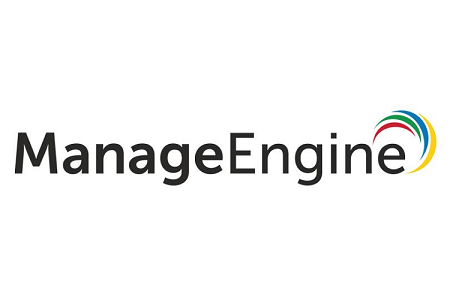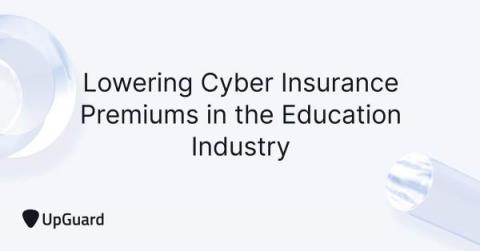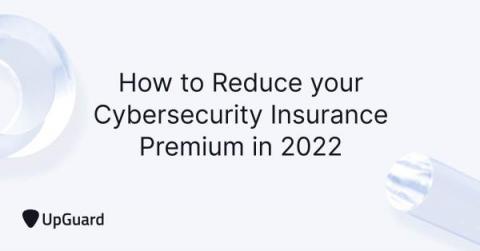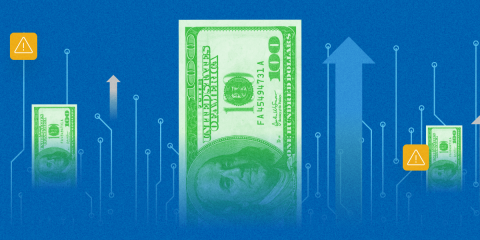Cyber insurance: Here's why you need it
With the alarming increase in cyberattacks across the globe, it is becoming evident that no organization is immune to cyberthreats. As a result, there is a question pending in the minds of IT security leaders: What happens to their organization in case of a cyberattack?











